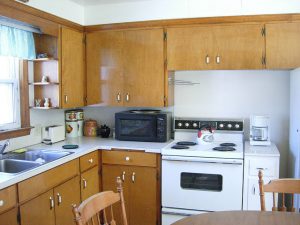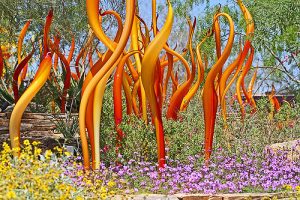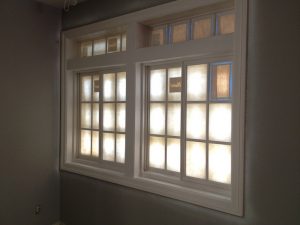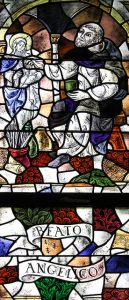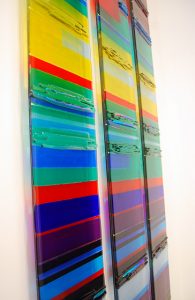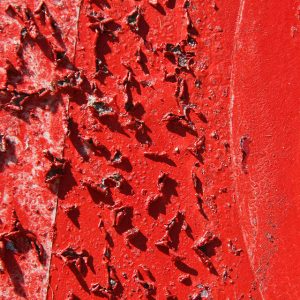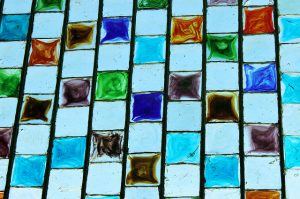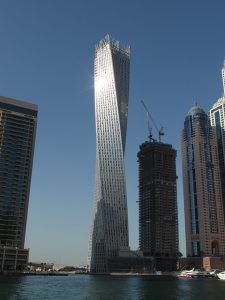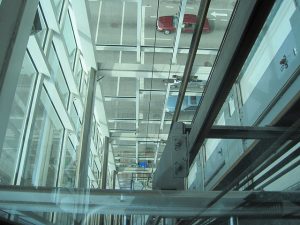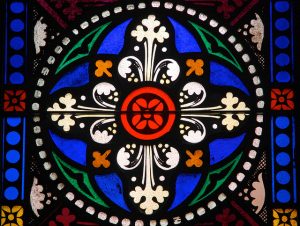Glass paint can give your cabinets a lift
One of the most expensive parts of a kitchen remodel or update is the cabinetry. Good quality kitchen cabinets are actually furniture-quality pieces. They take a lot of abuse, even when they’re just hanging around. Here’s one way to use glass paint to give your kitchen cabinets a whole new look.
Use glass paint for a mini cabinet face lift
The cabinet parts we see most prominently – the doors – get worn from handling and use. They also collect a lot of grease and spatter, so they can appear tired quickly! If you’ve ever cleaned a wood surface, you know that it can take a lot of elbow grease to get the surfaces returned to their factory appearance. You also know that too much elbow grease can remove the finish! That’s where a glass cabinet front-style door could be a great solution.
One great way to update your cabinets easily is by laminating the fronts with glass. Painted glass can transform the look of your kitchen in a matter of hours. It can also reduce the amount of work needed to keep your kitchen’s appearance at the top of its game.
A thin painted glass laminate on your kitchen cabinets can easily create a great Art Deco look. This style looks great in older houses, and will easily complement any existing tile you may have in place.
Since GlassPrimer™ glass paint can be tinted to match virtually any paint palette, you can be sure that your glass laminate doors and fronts will match the rest of your paint plan perfectly!
If your cabinet hardware isn’t in the best of condition, and you’re worried about adding extra weight to the front of your cabinetry, consider swapping the glass laminate for Plexiglas™. Plexiglas™ will add only a nominal weight to the cabinet doors and fronts, and delivers a similar performance to glass. It’s inexpensive, too. The cost of Plexiglas™ is comparable to thin sheets of glass, and the sheets can be cut easily to fit any dimension.
GlassPrimer™ glass paint works well on Plexiglas™ surfaces, and requires the same simple surface preparation as glass. Clean the glass with alcohol, remove any grease or debris with fine grit steel wool and dry with a paper towel. Once the surface is prepared, you’re ready to paint!
That’s a quick update for tired kitchen cabinets, and one that won’t break the bank. If you’d like more information about using glass paint in your kitchen, please visit the rest of our site.
Photo Credit: Lisa Yarost, via Flickr

